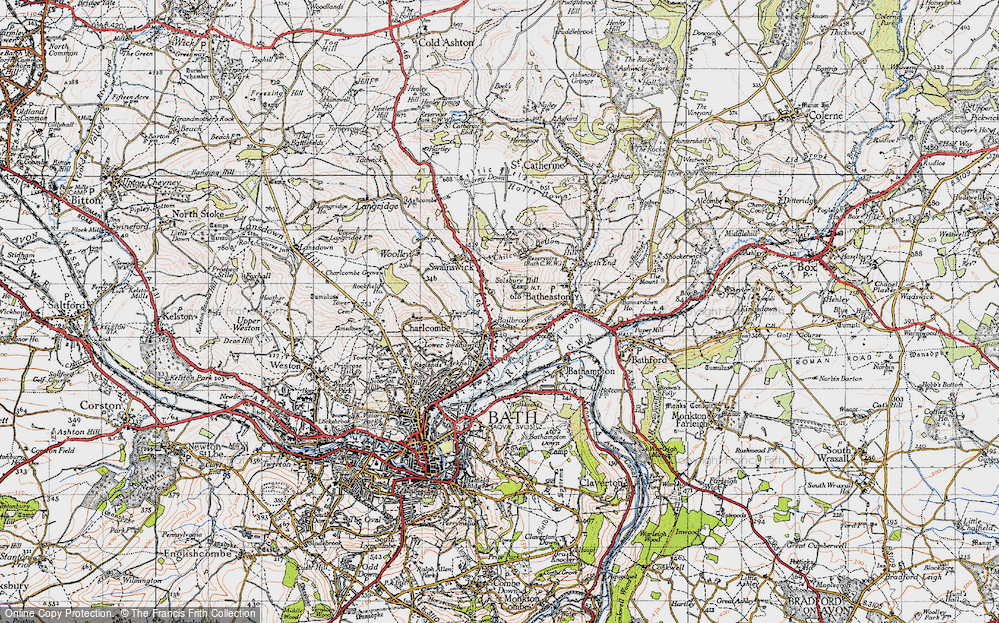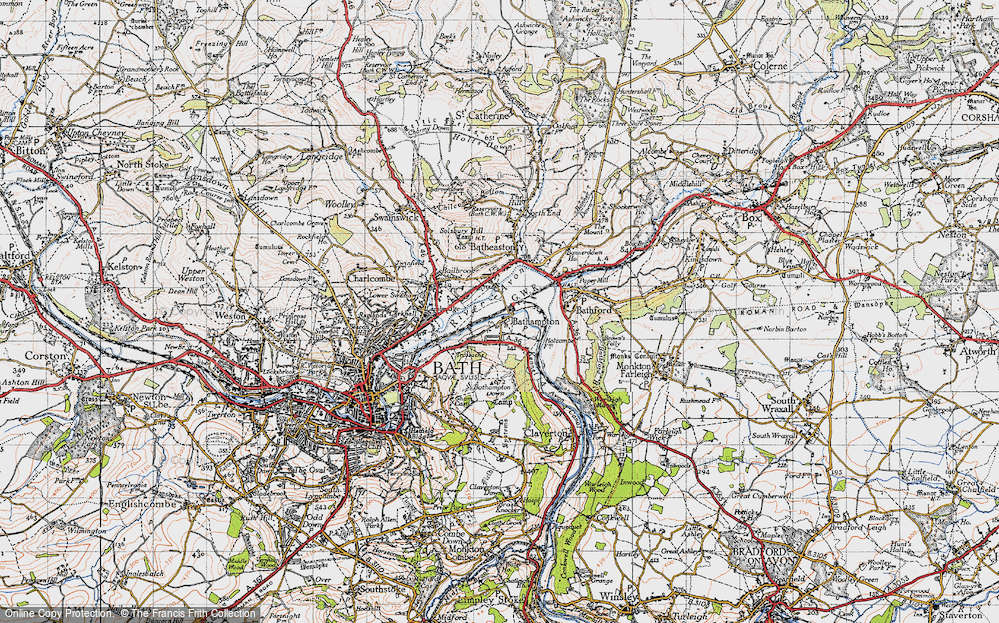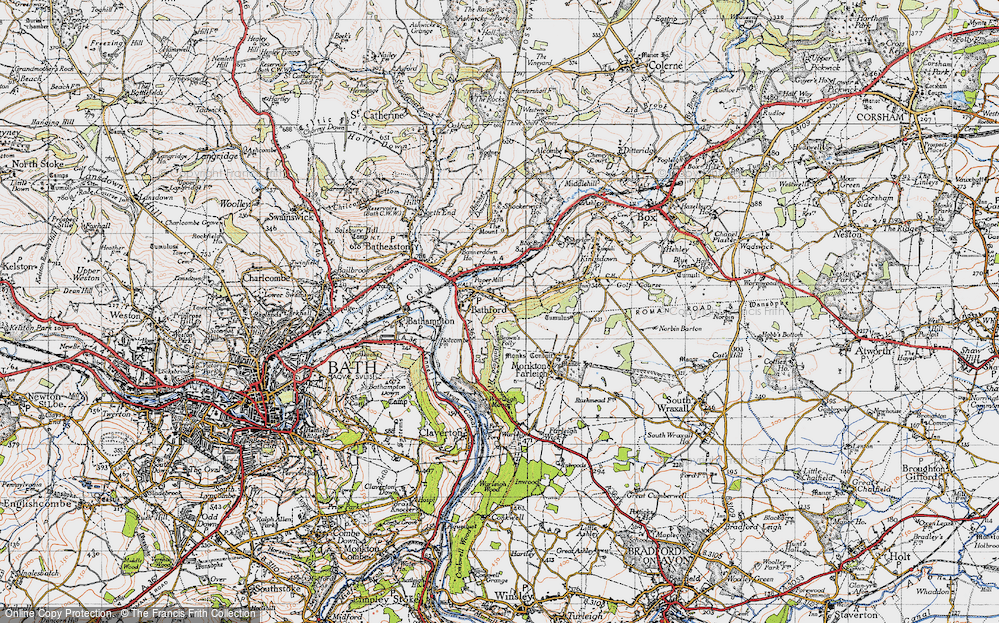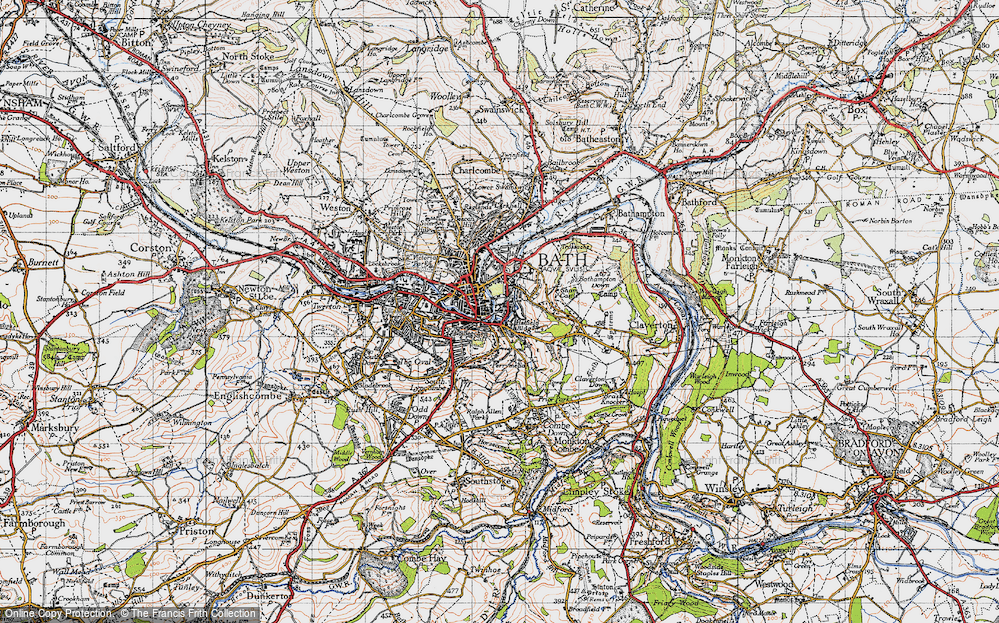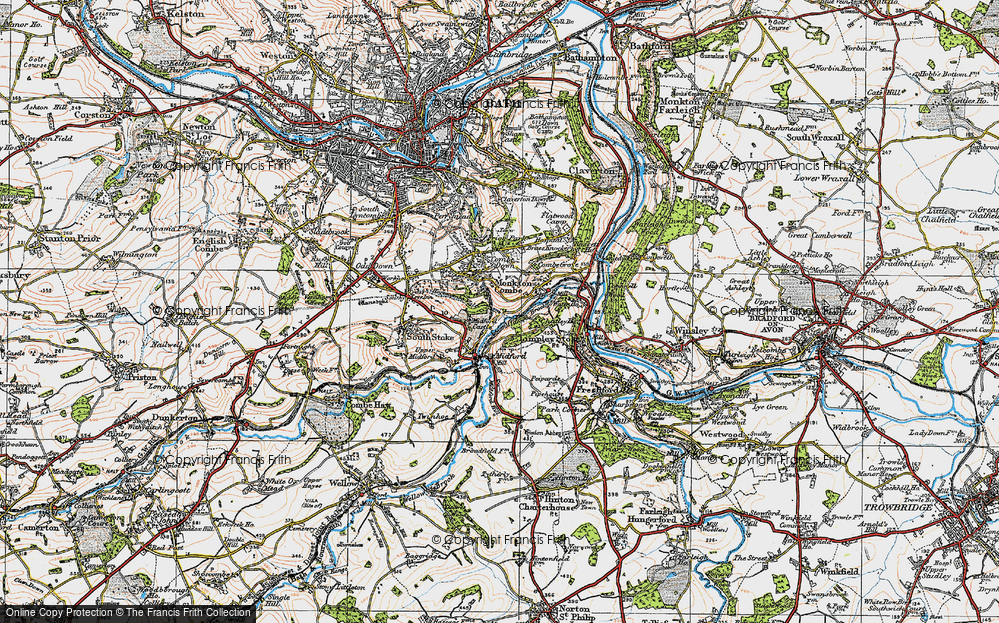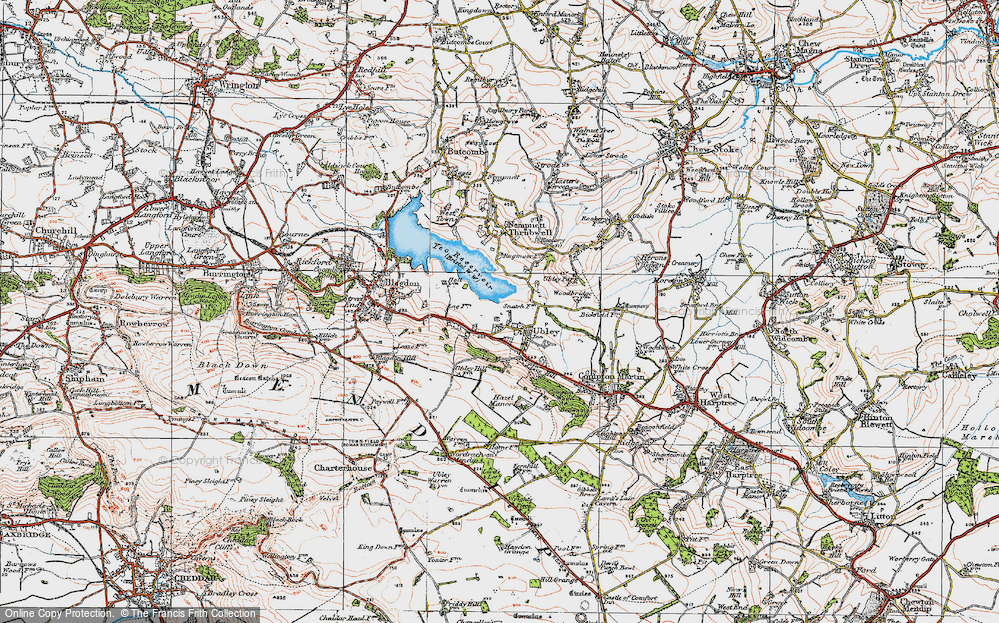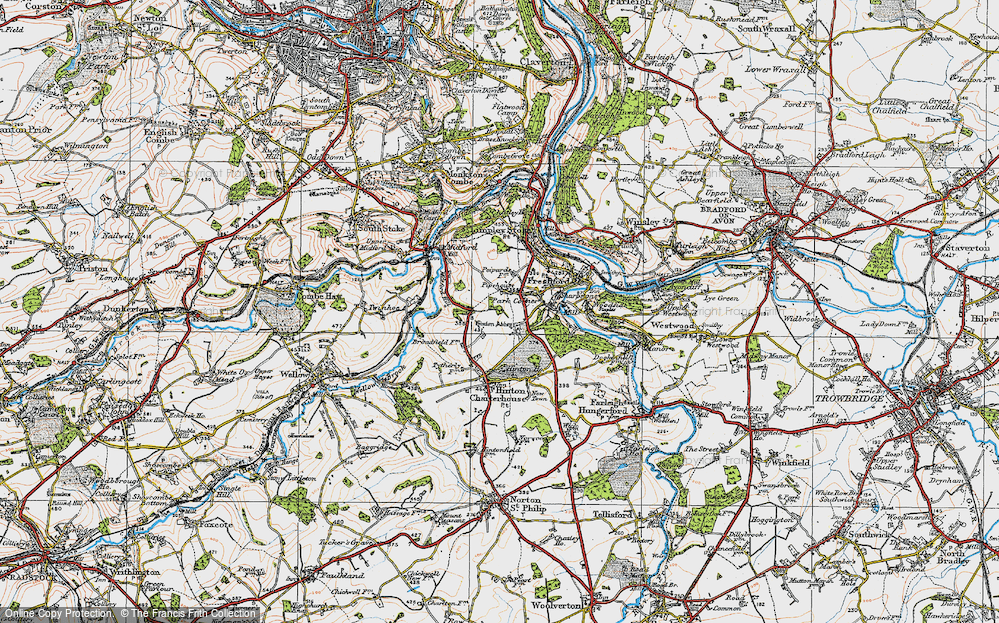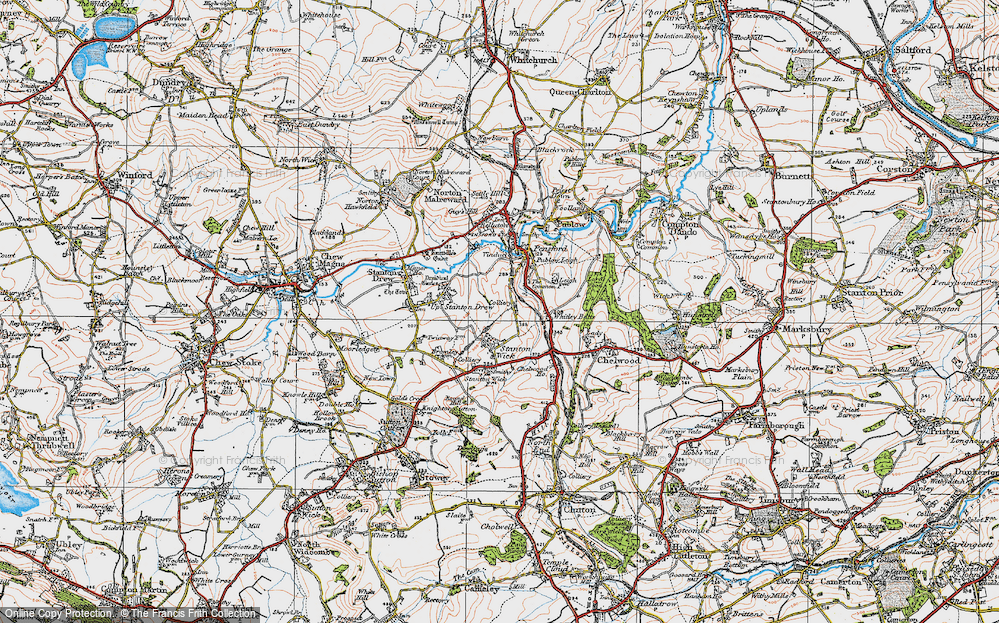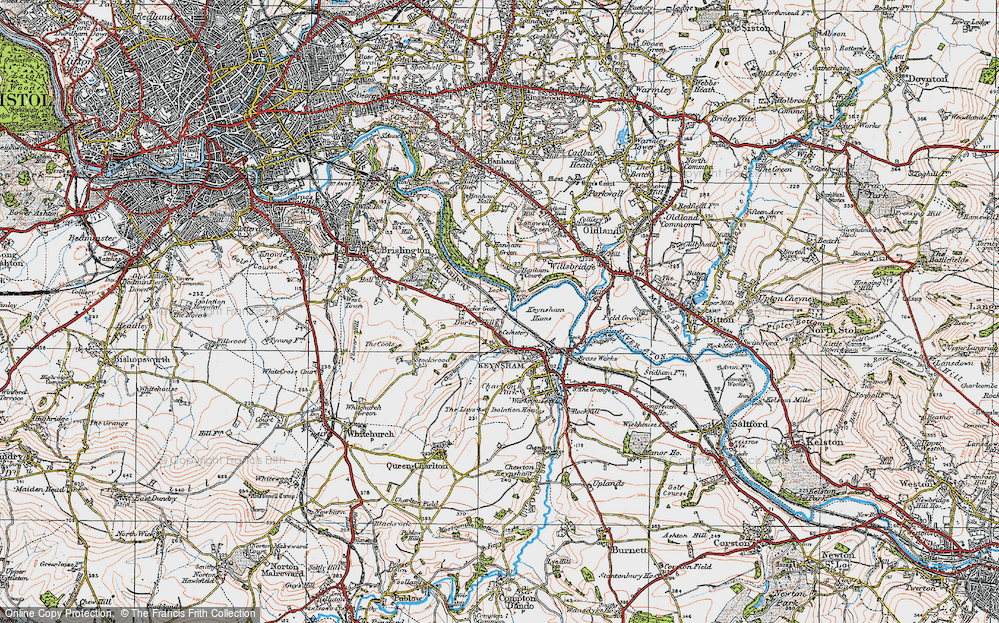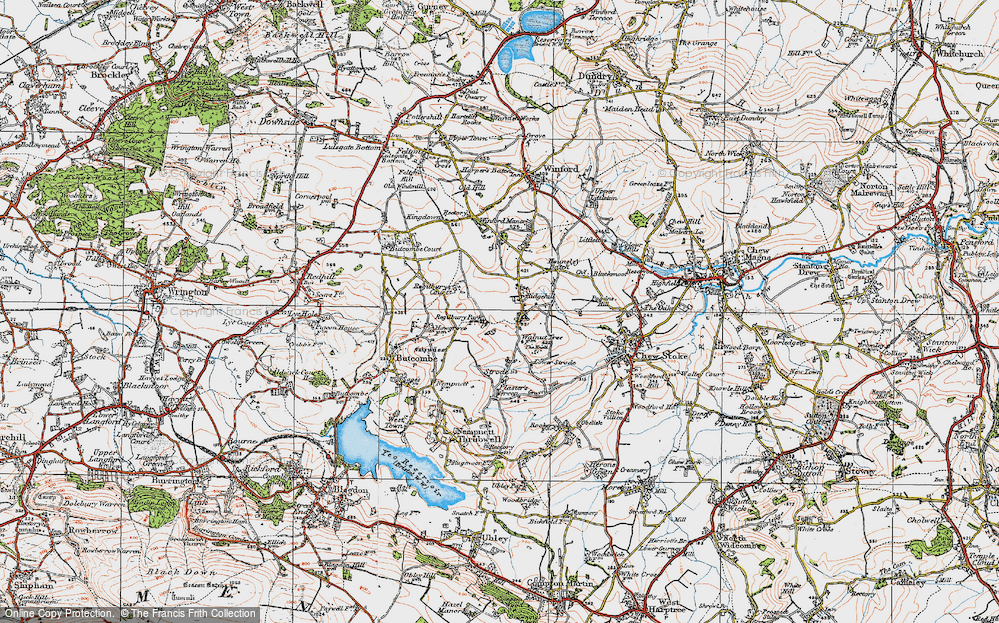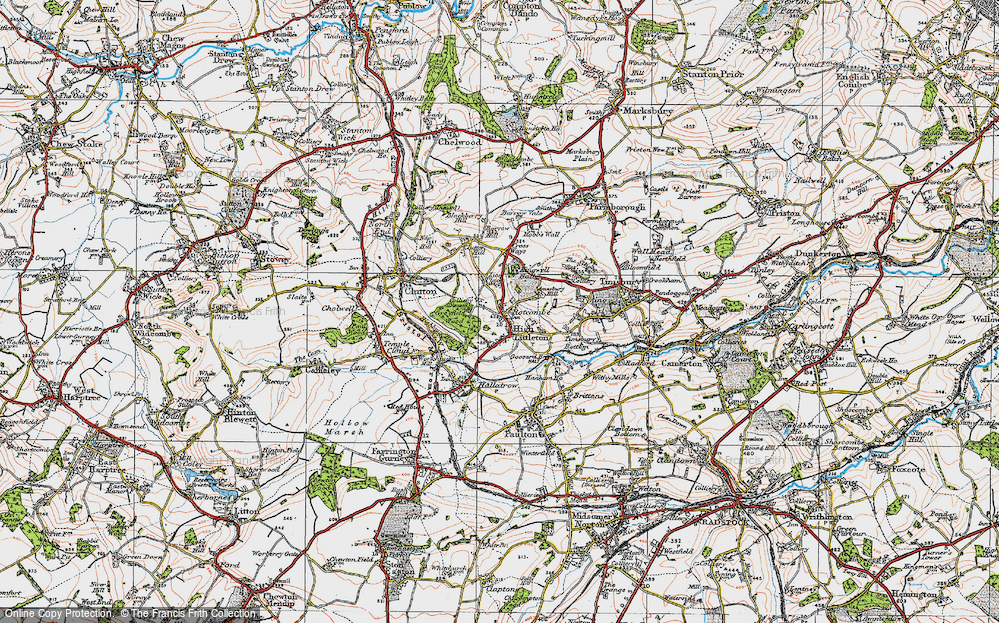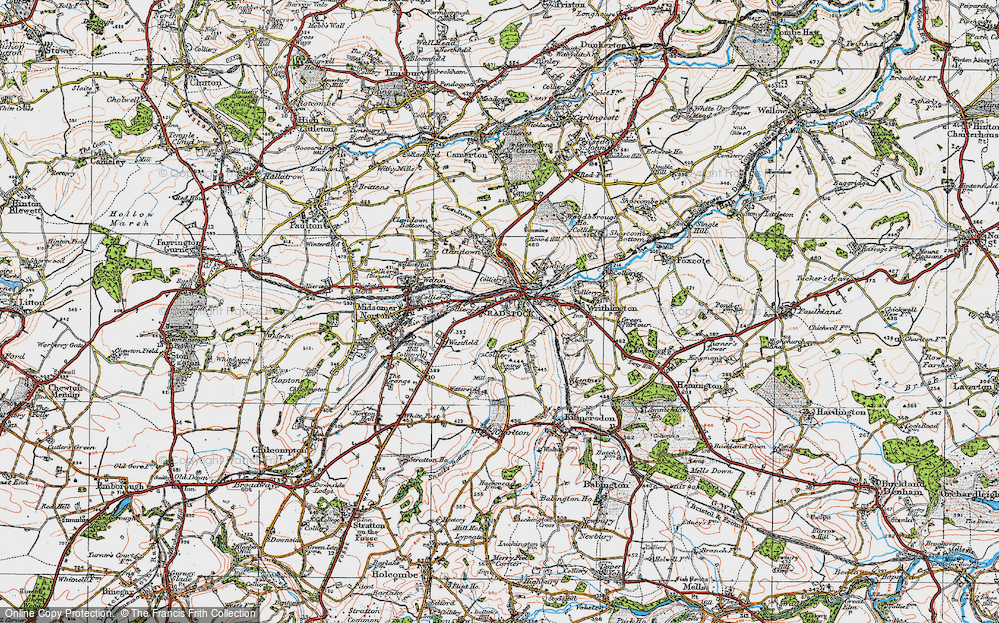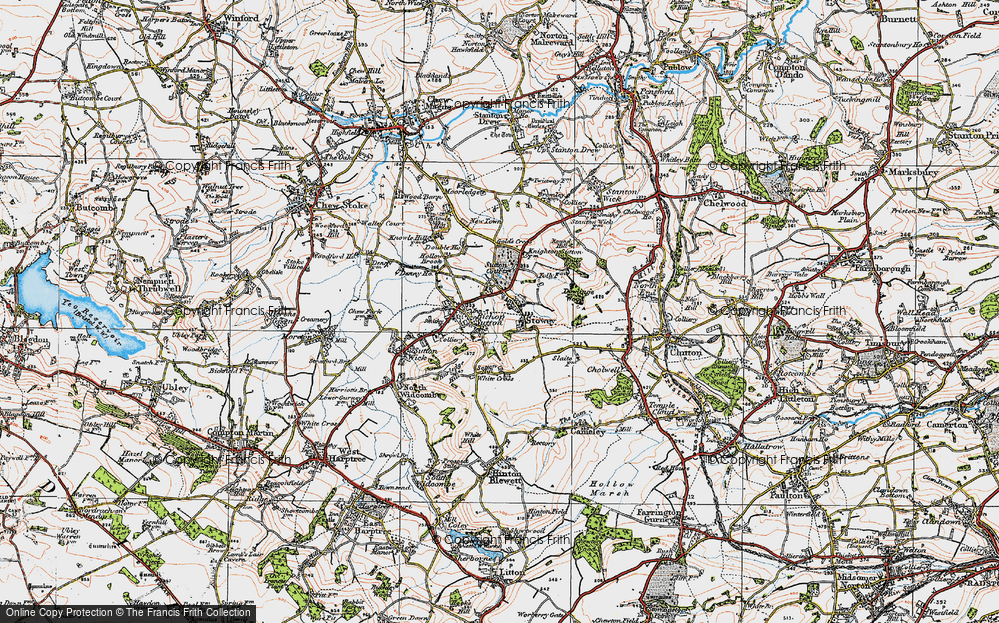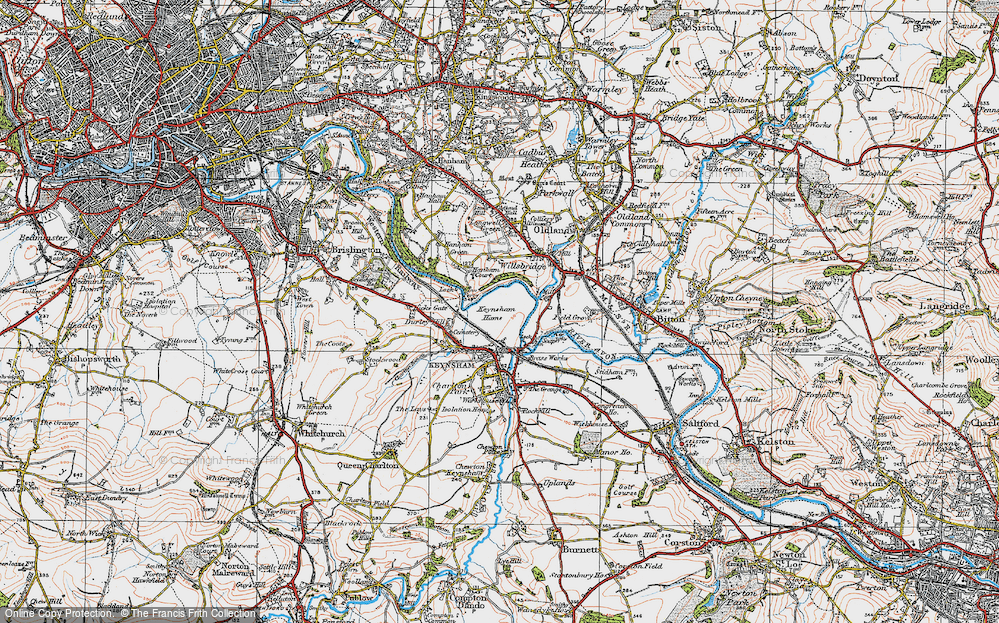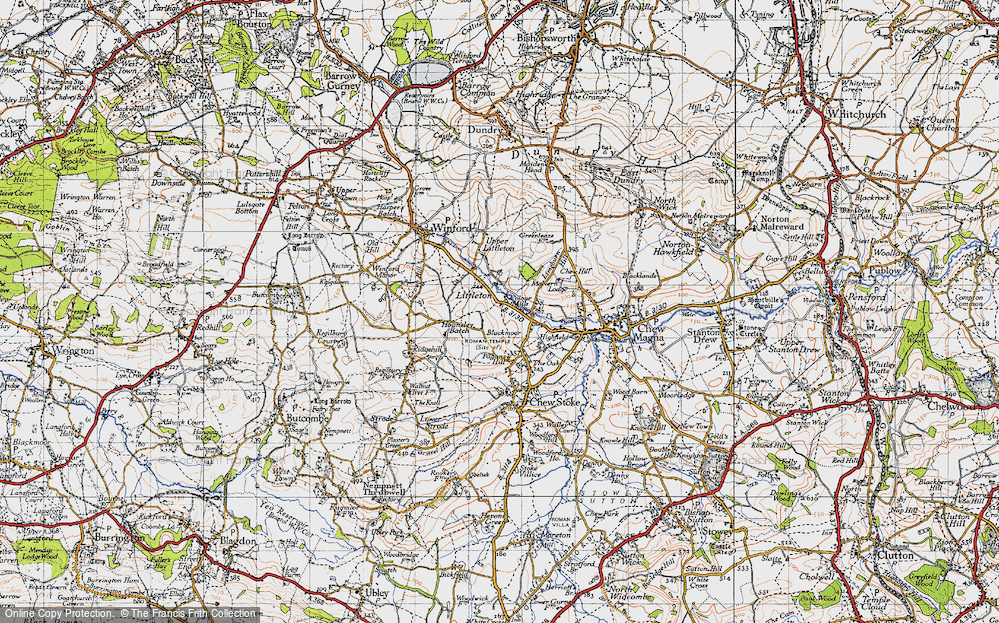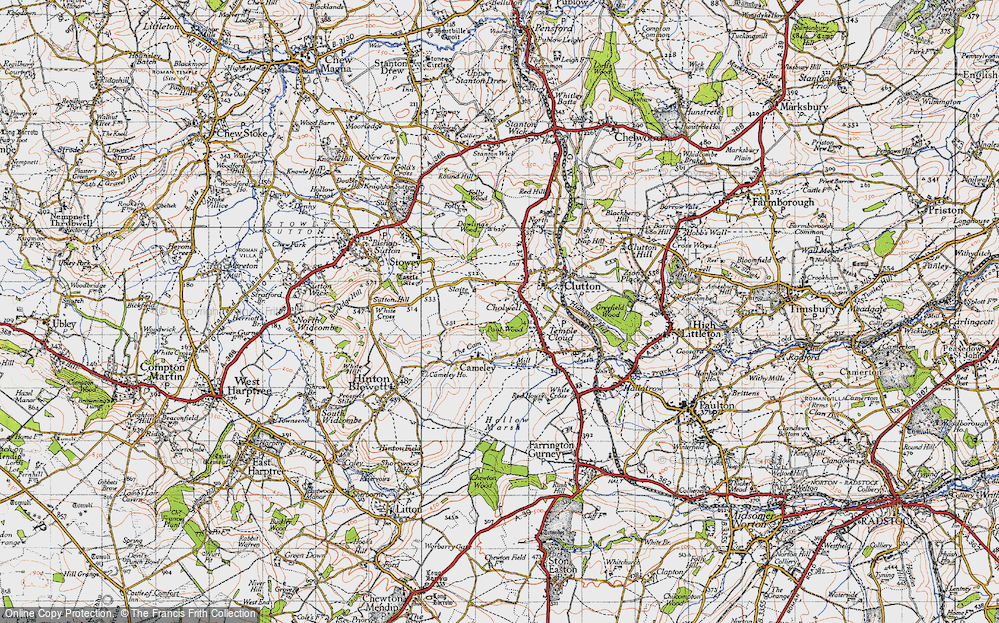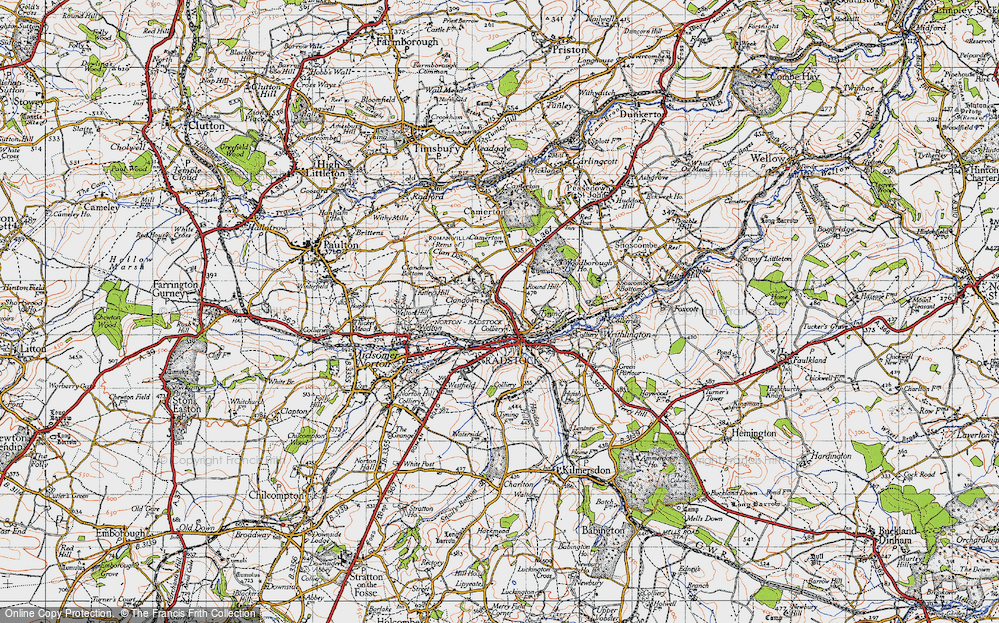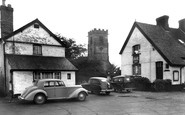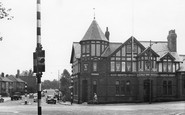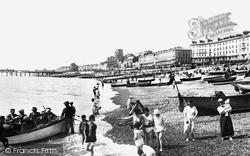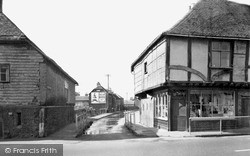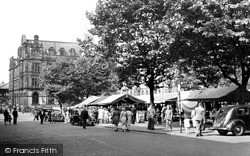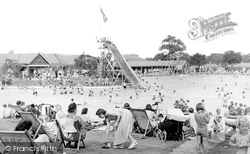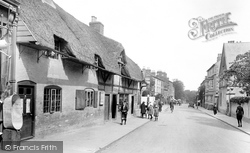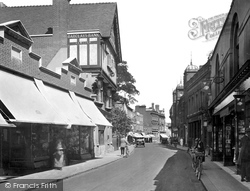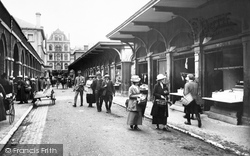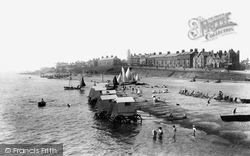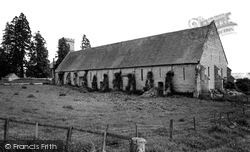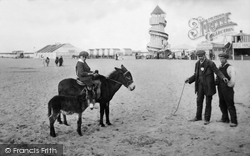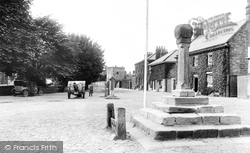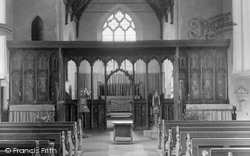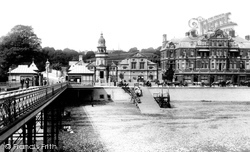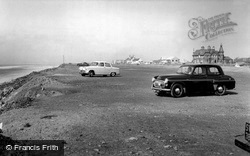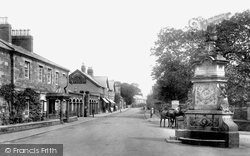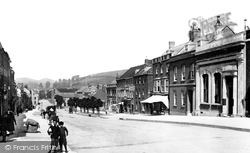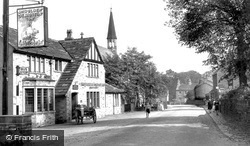Places
Sorry, no places were found that related to your search.
Photos
Sorry, no photos were found that related to your search.
Maps
1,353 maps found.
Books
3 books found. Showing results 841 to 3.
Memories
2,047 memories found. Showing results 351 to 360.
Burseledon Annexe
I was only 3 when I stayed here, convalesing after meningitis. According to my Dad's photographic records, I stayed there for two months, (April / May 1975). I have three memories of the place, which are mixed. Firstly, of crying ...Read more
A memory of Bursledon by
Edmonton Green
I was born in Stanmore Rd n15 in 1953, but moved to Edmonton Green early 1954, so I was told. We lived above Gearys Bakery next to the Golden Lion, my dad worked in the bake house the other side of road.I knew all the stall holders and ...Read more
A memory of Edmonton by
Growing Up In Mansfield In The Fifties
Actually Shane Fenton/ Alvin Stardust original name was Bernard Jury(Hope I spelt that right). My brother went to school with him at Queen Elizabeth's Grammar School in Mansfield. Sadly now a ...Read more
A memory of Mansfield Woodhouse by
Holidays With My Lovely Grandma 1970's
My Grandma Dorothy Morgan was the kindest person you could meet she bought her family up first in Dunbrick road then moved to balcaskie road to a nice big house with Grandad Wilfid my mum Brenda and her brother ...Read more
A memory of Eltham by
The Sound Of Bells...
Working on my bungalow today in the ancient, beautiful Dorset town of Sherborne, I kept on hearing the tolling of the local Abbey bells. Not really unusual, except today, the sound seemed to 'resonate', and take me 'way back' ...Read more
A memory of Acton by
Licensee
My uncle, Peter Tunstall, used to be the licensee at the Bells around 1956. About the time the Frith photo was taken. I think he was a manager for Trust Houses hotels. We used to drive out from Manchester to visit the pub.
A memory of Lower Peover by
Witnessing The Last Throes Of Strict Bathing Segregation Laws
The caption in the Francis Frith book 'Paignton', by Peggy Parnell (p.46), reads: 'With his powerful business aptitude, Mr Dendy quickly installed the most important tourist commodity, ...Read more
A memory of Paignton by
Siv's Mk2
No stranger to Friday bath night (did we really only bathe once a week?), where the tin bath was hauled into the kitchen in summer & in front of the fire in winter & filled by kettle. As I got older my dad would take me down to ...Read more
A memory of West Gorton by
Shipcote Baths Saturday Mornings
Tony Stafford. I lived in Gateshead from 1954 to 1961. For several years my friends and I attended Shipcote Baths most Saturday mornings, we learned to swim, dive, socialise, etc. Abiding memory is of staying in ...Read more
A memory of Gateshead by
Friends
We lived at the corner of Cleveland St and Vittoria. My dad was a docker. Life wasn’t easy, but we had lots of mates and family in the area. My friends were the Hickmans from Vine St. Audrey Wilson Vittoria St. Pam & Lorraine ...Read more
A memory of Birkenhead by
Captions
1,059 captions found. Showing results 841 to 864.
The increase of the houses of visitors must tend to spoil the original individuality of a population, but in Hastings these qualities are preserved to an unusual extent, especially among the fishermen.
Here we see the appropriately named Water Lane in the village, which was named after the spring that arises here. Ospringe was once a pilgrims' stop on the way to Canterbury.
Preston also had a covered market, so this busy scene could be the yearly Pot Market, which took place in the square for eight days.
This was reputedly the largest and finest open-air bathing pool in the country. It covered ten acres, and contained well over one million gallons of water.
For the majority, bathnight was held in a zinc tub in front of the kitchen fire, and two or three people might share the same water - though not at the same time.
It was originally some 1400 ft in length, designed to facilitate the export of Purbeck stone.
For the majority, bathnight was held in a zinc tub in front of the kitchen fire, and two or three people might share the same water—though not at the same time.
West of the Queen Street junction the London-Bath A4 was remarkably narrow, but is now pedestrianised and by-passed. This view looks east.
The architectural flair and panache associated with Victorian work is evidenced here. The pilasters are in Bath stone, with elegant wrought iron roof supports.
The beach runs in a glorious sweep around the bay. The sands slope gently, offering safe bathing for children, and extend for a mile and more.
With its broad greens, its sandy beach, the lighthouse on North Green, and its picturesque buildings, Southwold has long been popular.
The magnificent tithe barn that stands close by the church of St Mary the Virgin dates from the 15th century, and is reckoned to be the second oldest in the country.
A donkey-man with his metal licence badge prominently displayed poses for a picture with the mother and baby donkey.
The village was extensively remodelled in the 1820s, though parts of the parish church date from the 14th century. This picture shows the cobbled square, complete with stocks and the village cross.
The mid 15th-century rood screen is considered by many to be the finest in the country, having escaped damage by Cromwell's troops.
The village was extensively remodelled in the 1820s, though parts of the parish church date from the 14th century. This picture shows the cobbled square, complete with stocks and the village cross.
Two important new buildings stand on the Esplanade.
Bargate was originally built to guard the main road into Southampton.
Blundellsands beach forms part of the sixteen miles of sand stretching from Waterloo to Southport.
The architectural highlight of the town as far as Pevsner was concerned was the pithead baths at Maltby Main, designed by W A Woodland and built in 1938.
Noted for being the home of William Gladstone, who is commemorated by the water fountain on the right, Hawarden has a long history. The scene here is little altered today.
Here the photographer looks down West Street to Colmer's Hill (left), with the Lily Hotel projecting into the highway as it narrows to a normal width near the bottom of the hill.
This is how we lived forty years ago: a quiet road, milk delivery by pony and trap to the pub, schoolchildren waiting for a bus - all bathed in sunshine.
A natural progression maybe from the 19th-century enclosed public baths and wash-houses, Lidos sprang up in the 1930s all around London.
Places (0)
Photos (0)
Memories (2047)
Books (3)
Maps (1353)


